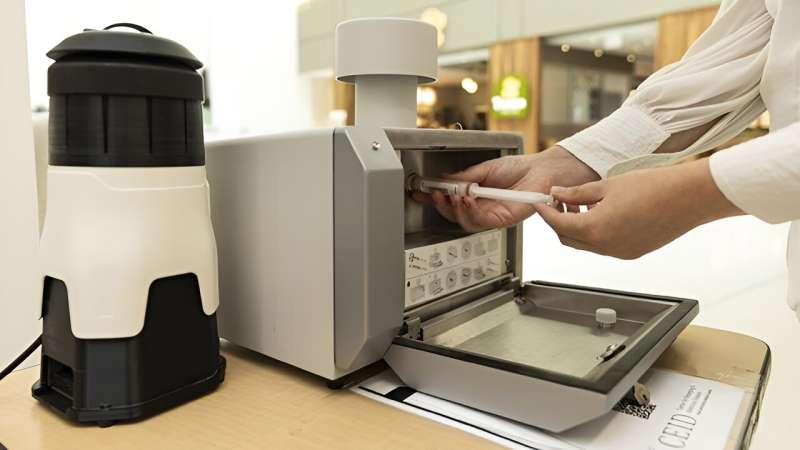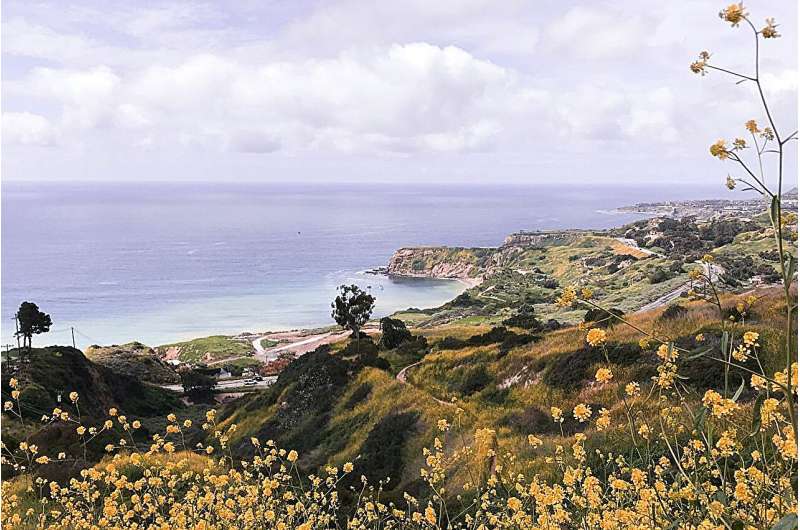Restructuring middle managers—findings from a case study of a major bank

Middle managers play an important role in an organization undergoing structural change. They are the ones who must implement the changes, but conversely, as employees, they will be subject to the very changes they put in place. This can often put them in a place of conflicting demands, where they must manage their own stress and uncertainty while carrying out new directives that will affect their colleagues and subordinates.
A study in the International Journal of Work Organization and Emotion has taken a major bank as a case study in order to look at how middle managers might cope with this stress during corporate restructuring and what strategies they might use to overcome the stress and find their way around the many challenges.
Pravitha Jogie, Annemarie Davis, and Catherine Le Roux of the Department of Business Management at the University of South Africa in the City of Tshwane suggest that middle managers generally respond to corporate restructuring in one of two ways. They either cope or they "cop out" and evade the responsibilities placed on them in some way.
The team explains that coping usually involves proactive strategies such as positive reframing, where managers view themselves as agents of change and engage with the process. Positive reframing allows middle managers to perceive restructuring as an opportunity for growth and improvement.
By contrast, "copping out" refers to disengagement and withdrawal behavior, such as territorialism, where the middle manager protects their own interests and is perhaps involved in spreading rumors, all of which can disrupt the restructuring process but also provide something of a psychological escape route for the managers who engage in such behavior.
The business environment has always been marked by constant change where globalization, economic fluctuations, technological advancements, and international crises affect the way a company operates and its bottom line. The team explains that the financial services sector faces particularly intense competition, regulatory changes, and digital transformation. These factors have led to frequent organizational restructuring for many companies, which puts pressure on the middle managers to interpret, communicate, and implement new structures and strategies.
The research suggests that it is obviously better that middle managers cope rather than cop out, and points to the learning of new skills and networking with peers and mentors as being useful tools to help in this regard. They even suggest that engaging in hobbies or other "extracurricular" activities might be useful coping mechanisms. It is possible then for a manager to maintain a sense of control and purpose, as this is essential for their mental well-being and their productivity in the workplace, as well as ensuring the same for colleagues and subordinates.
However, the research often showed the converse. Middle managers might become withdrawn and disengage from the task at hand. This was especially common among managers who felt powerless or unsupported, indicating a need for organizations to foster a supportive environment to ensure smooth restructuring when this is needed.
More information: Pravitha Jogie et al, Middle managers' practices during organisational restructuring: coping or copping out, International Journal of Work Organisation and Emotion (2024). DOI: 10.1504/IJWOE.2024.139912













